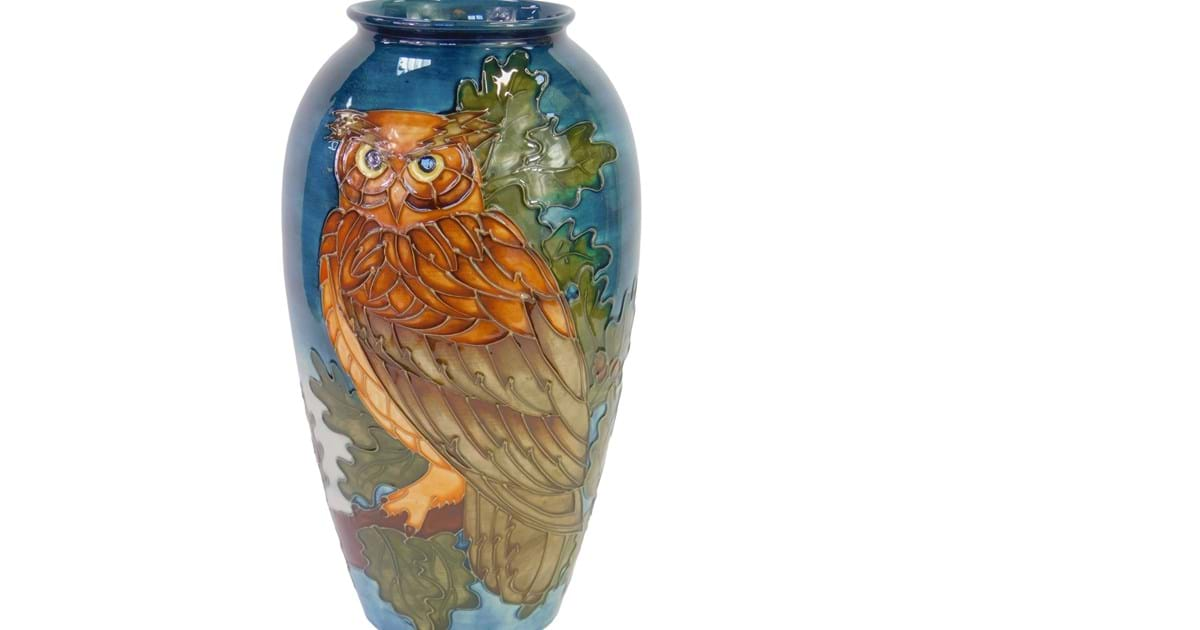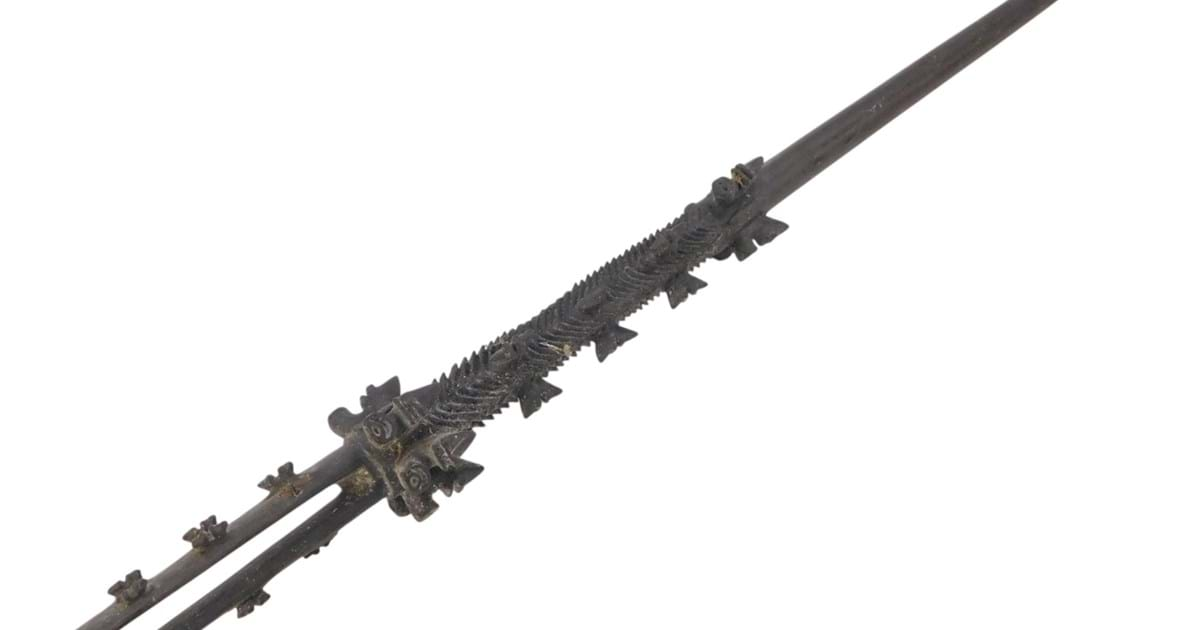The nocturnal owl has been making a number of appearances at auction this year.
In its many guises and forms it sheds a light on the varying values and prices achieved from the vast array of bidders frequenting the auctions rooms and online bidding platforms.
Maker, condition and provenance, all play a part in deciding how much a bidder will pay.
Three of the seven examples illustrated, are by the British pottery manufacturers Moorcroft, Beswick and the collectors manufacturer and retailer, Franklin Mint, all being produced in the 20thC.


The Kaiser porcelain example, is another 20thC item produced by the German manufacturer founded in the late 19thC.

A silver gilt brooch in the form of an owl bears the hallmark dating for London 1977, whilst the other is simply stamped 925 and is usually associated with Continental manufacturers (without a full hallmark it has been catalogued as white metal).


Robert Thompson of Kilburn (1876-1944) was a British furniture manufacturer who signed/carved his work with a motif of a mouse leading to the term Mouseman.
Mouseman furniture normally consists of tables, chairs, etc., but smaller items such as ashtrays and bread bowls are not uncommon at auction. This 31.5cm tall carving of an owl is the first one this Auctioneer has seen.


The final item, within our owl theme is a Black Forest Cuckoo clock with the novelty feature of moving eyes.
Prices achieved for seven examples shown, varied from £10 to £3,800; with the Mouseman carving taking top spot.
The rest will remain wise buys.
Full results can be found at www.goldingyoung.com.



